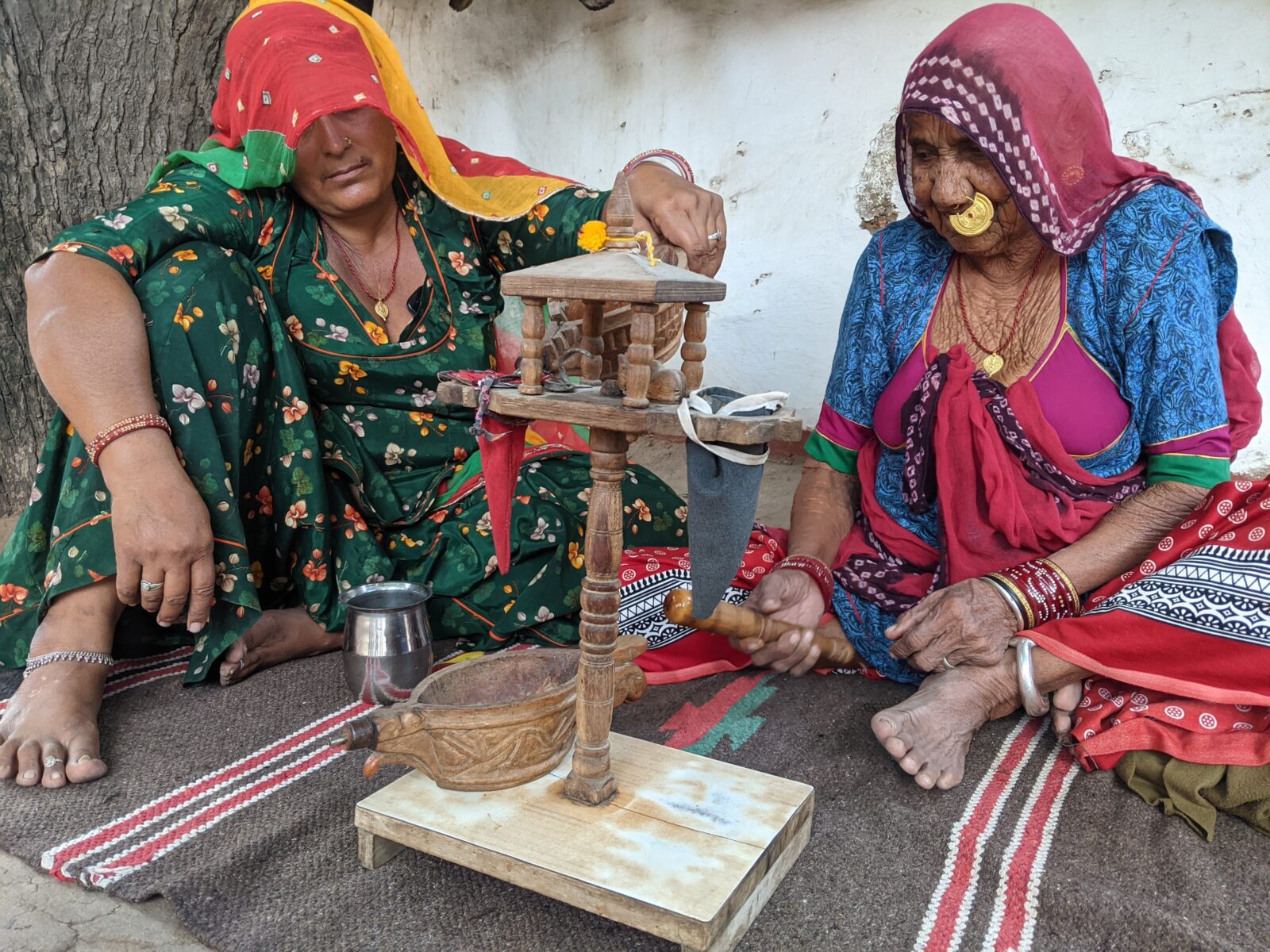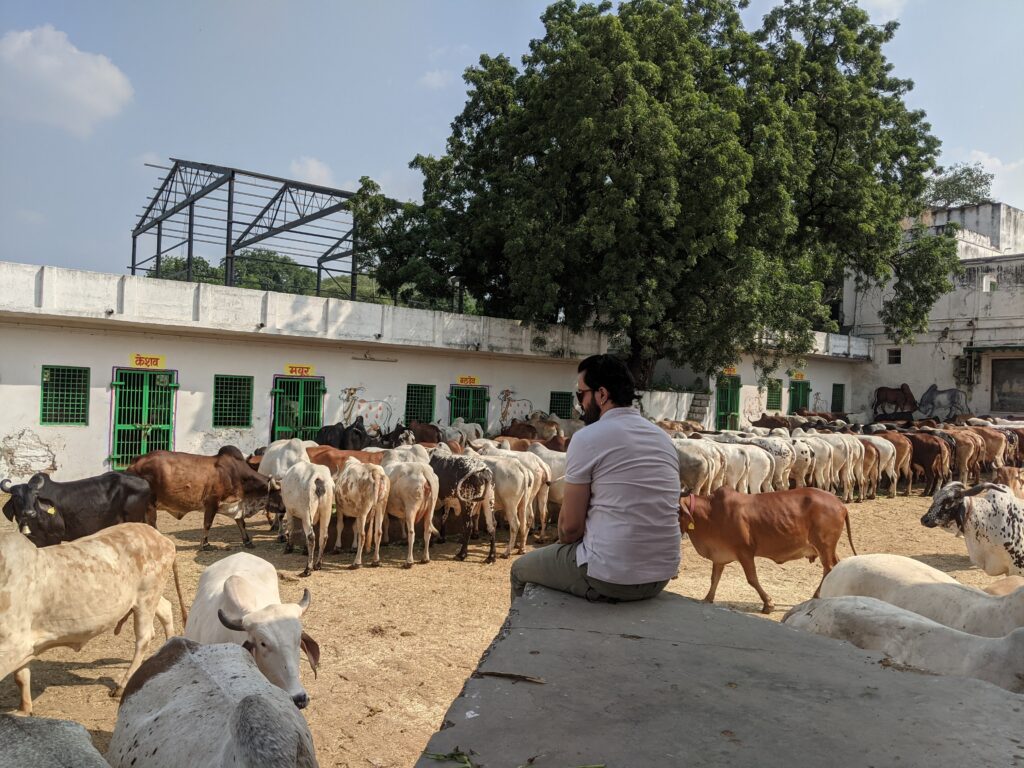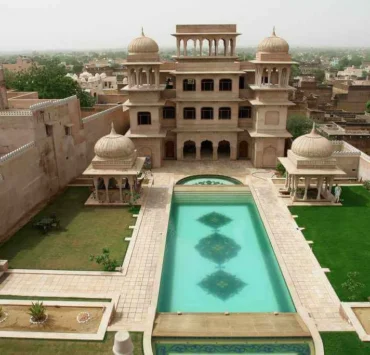
Ratangarh, located in the northern part of Rajasthan in the Churu district, is a town that resonates with the historical and cultural essence of the region. Known for its rich past, beautiful architecture, and a laid-back charm, it serves as an interesting destination for travelers looking to experience the lesser-known gems of Rajasthan. The town is a delightful fusion of heritage, history, and spirituality, offering something for every visitor.
Historical Significance
Ratangarh was established in 1793 by Maharaja Surat Singh, the ruler of Bikaner. The town was named after Surat Singh’s son, Ratan Singh, and quickly grew as a prominent trading hub. Its strategic location along ancient trade routes made it a center for commercial activities, with traders passing through on their way to major cities like Bikaner, Jaipur, and beyond.
The town’s growth during the 18th and 19th centuries is reflected in its architecture, particularly in the numerous havelis (traditional mansions) that line the streets. These havelis, built by wealthy merchants, are adorned with intricate frescoes, carvings, and jharokhas (overhanging enclosed balconies), showcasing the town’s prosperity and cultural patronage. Today, Ratangarh serves as a portal into the past, offering visitors a glimpse of Rajasthan’s rich heritage.

Places to See in Ratangarh
- Ratangarh Fort One of the most iconic landmarks of the town is the Ratangarh Fort. Built in the 19th century by Surat Singh, this fort stands tall as a testament to the region’s historical significance. Though not as grand as some of the larger forts in Rajasthan, it still carries a sense of majesty and provides insight into the life of the local royals. The fort also offers stunning views of the surrounding desert landscape.
- Havelis of Ratangarh The town is dotted with old havelis, which are an architectural treat. Many of these havelis date back to the 18th and 19th centuries, showcasing intricate frescoes and detailed craftsmanship that reflects the opulence of their former owners. The frescoes often depict mythological stories, folklore, and daily life, offering visitors a chance to step back in time and witness the artistic traditions of Rajasthan.
- Dharni Temple A visit to Ratangarh would be incomplete without stopping at the Dharni Mata Temple. Dedicated to the local deity Dharni Mata, this temple holds religious significance and attracts devotees from the surrounding regions. The temple’s architecture is simple but beautiful, and the atmosphere is peaceful, making it an ideal spot for some spiritual reflection.
- Tal Chhapar Sanctuary Located about 40 km from Ratangarh, Tal Chhapar Sanctuary is a haven for wildlife enthusiasts. It is home to a large population of blackbucks and a variety of bird species, particularly during the migratory season. The sanctuary offers a great opportunity for birdwatching and experiencing the natural beauty of Rajasthan’s semi-arid grasslands.

How to Reach Ratangarh from New Delhi
Ratangarh is well-connected to New Delhi, making it an accessible destination for travelers. Here’s how you can reach this charming town:
- By Train: Ratangarh Junction is a major railway station on the Delhi-Bikaner rail route. Several trains from New Delhi connect directly to Ratangarh, including popular options like the Bikaner Express and Delhi Sarai Rohilla-Bikaner Superfast. The train journey takes approximately 7-8 hours, offering a comfortable and scenic way to reach the town.
- By Road: If you prefer traveling by road, Ratangarh is about 280 km from New Delhi. The drive takes around 5-6 hours via NH11, passing through scenic landscapes and small Rajasthani towns. Several state-run and private buses also operate between Delhi and Ratangarh, offering a budget-friendly travel option.
- By Air: The nearest airport to Ratangarh is in Jaipur, about 200 km away. From Jaipur, you can hire a taxi or take a train to reach Ratangarh. However, traveling by train or road directly from Delhi is usually more convenient.
Best Time to Visit
The best time to visit Ratangarh is during the winter months, from October to March. During this time, the weather is pleasant and ideal for exploring the town’s historical sites and nearby attractions. Summers in Rajasthan can be extremely hot, making it difficult to enjoy outdoor activities.
Conclusion
Ratangarh, with its historical significance and cultural richness, offers a unique glimpse into Rajasthan’s lesser-known heritage. Whether you are a history enthusiast, an architecture lover, or someone looking to experience the local culture, Ratangarh promises an enriching and memorable experience. With its well-preserved havelis, forts, temples, and proximity to wildlife, the town is a perfect destination for those looking to explore beyond Rajasthan’s famous cities.
What's Your Reaction?
One of my friends once said, I am in love with words and a zoned out poser... well, I will keep it the way it has been said! Besides that you can call me a compulsive poet, wanna-be painter and an amateur photographer















